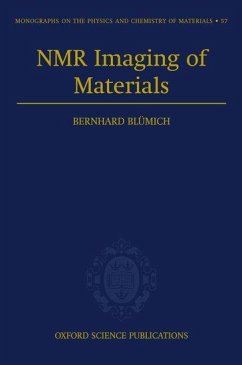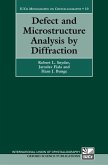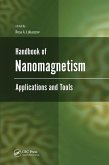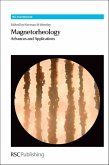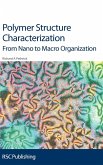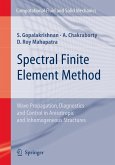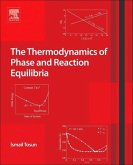NMR imaging of materials is a field of increasing importance. Applications expand from fundamental science like the characterization of fluid transport in porous rock, catalyst pellets, and hemodialyzers into various fields of engineering for process optimization and product and quality control, for example, of polymer materials, biomaterials, elastomers, and ceramics. While the results of NMR imaging are being appreciated in a growing community, the methods of imaging are far more diverse for materials applications than for medical imaging of humans. This book provides an introduction to NMR imaging of materials, covering solid-state NMR spectroscopy, imaging methods for liquid and solid samples, and unusual NMR in terms of special approaches to spatial resolution like an NMR surface scanner. Special attention is paid to the large variety of ways to generate image contrast - the most prominent feature of NMR. The text is strong on methodology, and includes today's important application areas.
This book provides an introduction to NMR imaging of materials covering solid-state NMR spectroscopy, imaging methods for liquid and solid samples, and unusual NMR in terms of special approaches to spatial resolution like an NMR surface scanner. Special attention is devoted to the large variety of ways to generate image contrast so that features invisible by other methods can be detected by NMR. It includes extensive references to modern literature and addresses workers in various fields of imaging applications as well as students.
This book provides an introduction to NMR imaging of materials covering solid-state NMR spectroscopy, imaging methods for liquid and solid samples, and unusual NMR in terms of special approaches to spatial resolution like an NMR surface scanner. Special attention is devoted to the large variety of ways to generate image contrast so that features invisible by other methods can be detected by NMR. It includes extensive references to modern literature and addresses workers in various fields of imaging applications as well as students.

